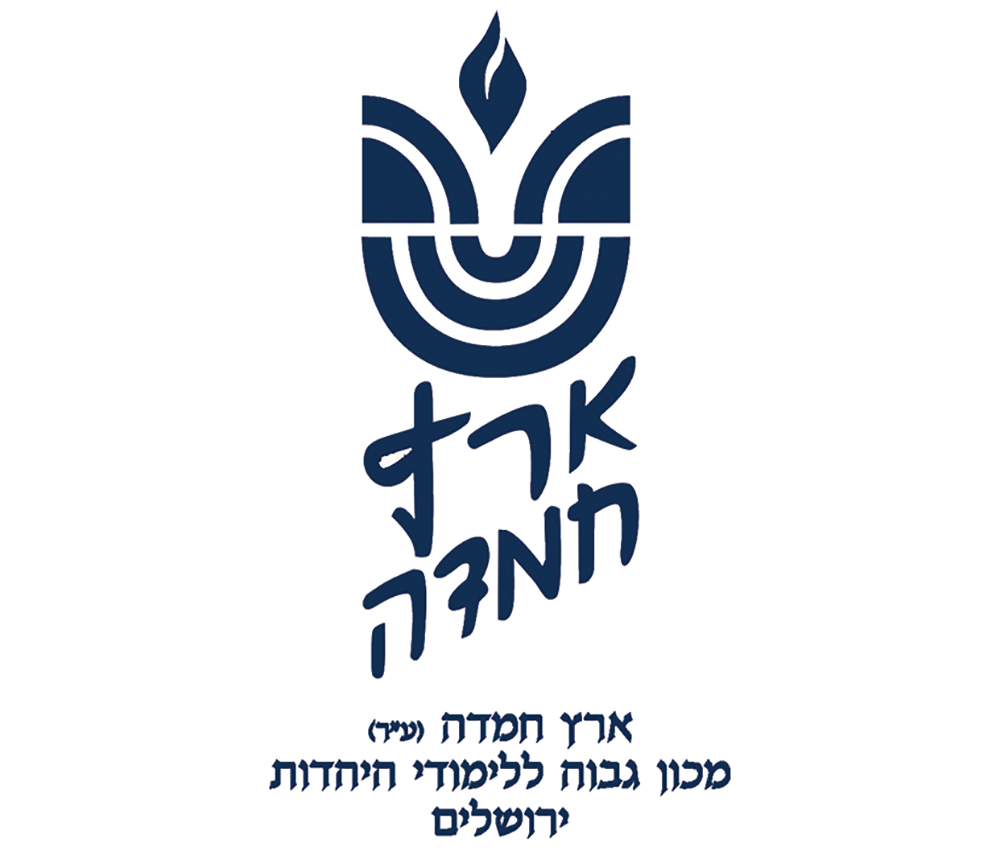
לעילוי נשמת
יואל אפרים בן אברהם עוזיאל זלצמן ז”ל
Question: I know that to share a set of lulav and etrog, one has to give it to his friend as a “matana al m’nat l’hachzir” (a present on condition to return it to the original owner). However, I see people just handing it to another without speaking or doing anything special. Is that sufficient?
Answer: First, we note that the only question is on the first day of Sukkot (regarding the second day in Chutz La’Aretz, see Biur Halacha to 649:5), regarding which the Torah (Vayikra 23:40) says that one must own the lulav and etrog he uses (Sukkah 41b). Afterward, it must only not be stolen (Shulchan Aruch, Orach Chayim 649:2).
For mitzvot such as lulav and etrog, tzitzit and kiddushin, where one can fulfill the mitzvah only if he owns the relevant object, the owner can facilitate his friend’s mitzvah if he gives it to him as a “matana al m’nat l’hachzir.” Not only can this work, but if the owner effectively lends them for these purposes without discussing the halachic mechanism being employed, we generally assume the parties intend to apply the correct mechanism, i.e., “matana al m’nat l’hachzir,” (see Shulchan Aruch in: Orach Chayim 658:5; Orach Chayim 14:4; Even Haezer 28:19. Differences might exist between these areas of halacha based on the nature of the need for ownership—see Taz, Orach Chayim 14:5).
Practically, lending and “matana al m’nat l’hachzir” are almost identical. Halachically, though, the mechanism of lending keeps the basic ownership unchanged, and transfers ownership to the recipient, assuming he fulfilled the condition of returning the object properly (see Shulchan Aruch, Orach Chayim 658:4). Language that ostensibly implies the use of a mechanism other than “matana al m’nat l’hachzir,” could possibly prevent the recipient’s ability to fulfill the mitzvah (see ibid., 3).
Giving a lulav and etrog with the understanding that the recipient needs to own them to fulfill the mitzvah, without saying anything can be better. The matter is questionable if the people (especially the owner) lack the knowledge that ownership is needed, in which case someone should explain what is needed. Details/opinions on the impact of lack of knowledge are beyond our scope (see Magen Avraham 678:3; Halichot Shlomo, Moadim II, 11:7; Dirshu 658:12). But again, silence and general intention work for semi-knowledgeable people.
From discussion of intention and speech, we move to actions (i.e., a kinyan), which are required to acquire something. Regarding a present of a lulav and etrog, there are two candidates for the kinyan used: 1) Yad (the object’s presence in the recipient’s hand); 2) Hagbaha (lifting the object).
Relying on “hagbaha” has problems. An acquirer must lift the object either three tefachim or one tefach (Shulchan Aruch, Choshen Mishpat 198:2), and the recipient of the lulav and etrog does not always initially lift them at all! On the other hand, some say it suffices that one took it in the air when the object’s position is the requisite height above the floor or table (see opinions in Pitchei Choshen, Kinyanim 6:(18)). Also, one usually lifts the lulav and etrog while shaking them.
On the other hand, it could be a problem that the recipient probably does not intend to acquire it at that time, and one could ask if the bracha, said before that time, was valid (see Mikraei Kodesh (Harari), Arba’at Haminim, page 446—we cannot go into further analysis). A problem with “yad” is that some say the whole object must be contained within the hand. On the other hand, many say that whatever is within the vertical line of the hand is acquired (see ibid., page 449).
Others raise the question whether one needs to do two separate actions: an act of acquisition and a separate act of taking the lulav and etrog in the hand. Chazon Ovadia (Sukkot, page 420-3) brings opinions in both directions, but accepts the majority that one act of taking the lulav and etrog suffices. If one also does naanuim, there are additional actions for the mitzvah.
The minhag is, indeed, to just pass the lulav and etrog from one to the other without statements or formal actions; the minhag should remain. Only when someone is unaware of the need to transfer/acquire the lulav and etrog does it pay to make a point of identifying a process of kinyan before making the bracha.
Rabbi Mann is a dayan for Eretz Hemdah and a staff member of Yeshiva University’s Gruss Kollel in Israel. He is a senior member of the Eretz Hemdah responder staff, editor of Hemdat Yamim and the author of “Living the Halachic Process, Volumes 1 and 2” and “A Glimpse of Greatness.”











